The SU carburetor
and no, it’s not only setting the fueling screw right… the order of arrangement in
“From the B.M.C agreement to manufacturing Mini Classics”
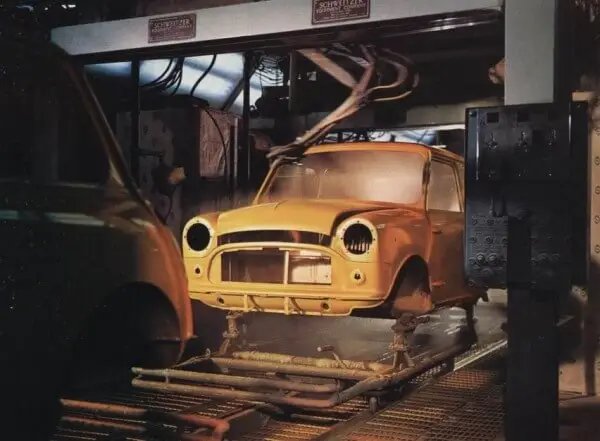
Introduction
Innocenti was a licensed manufacturer of B.M.C. from August 1959 to November 1975. Under this partnership, they gained the privilege to produce several B.M.C. cars, among which was the iconic Innocenti Mini Classic, a model we’ll explore further in this blog.
The BMC-Innocenti agreement, 1959
The official B.M.C. and Innocenti Mini Classic agreement signed on the 6th of August, 1959
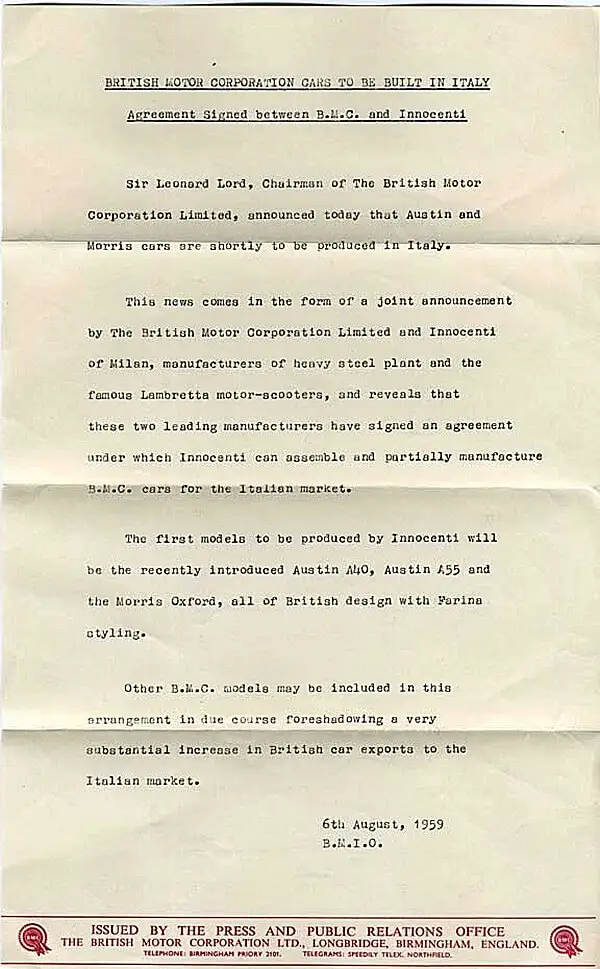
Starting from August 6, 1960, Innocenti initiated production with the Austin A40, later introducing the Innocenti Spyder along with a variety of other vehicles. However, it was the introduction of the Mini in 1965 that truly captured the public’s imagination, quickly becoming the brand’s standout bestseller.
The reason for the BMC-Innocenti agreement
The Innocenti Mini was born in response to the demands of the taxman. In the 1950s, the Italian government imposed heavy customs duties on car imports, with the result that prices rose by an additional 40 percent! This led to a surge in demand for cars built on Italian soil. Foreign manufacturers sought to enter the market through partnerships with Italian companies. It was in this environment that Innocenti made his mark. The agreement was announced just before BMC unveiled the Austin Se7en and Morris Mini Minor to the public.
Fabrication of the first Mini Classics, 1965
Minis from the UK arrived in Milan in a completely knocked down (CDK) state, ready for assembly by Innocenti. Code-named ADO15 (Amalgamated Drawing Office project number 15) The MKI started of with an 850cc engine followed by the 998cc in 1966 for the Cooper (S) models.
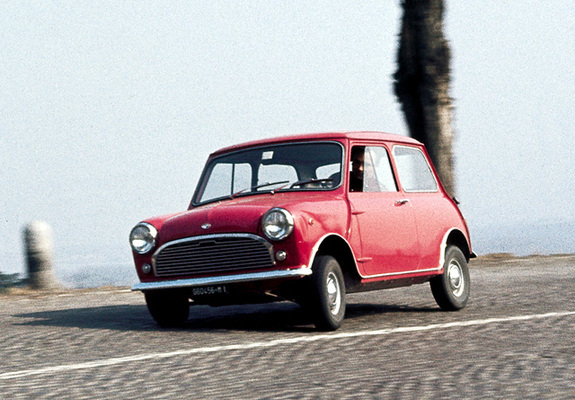
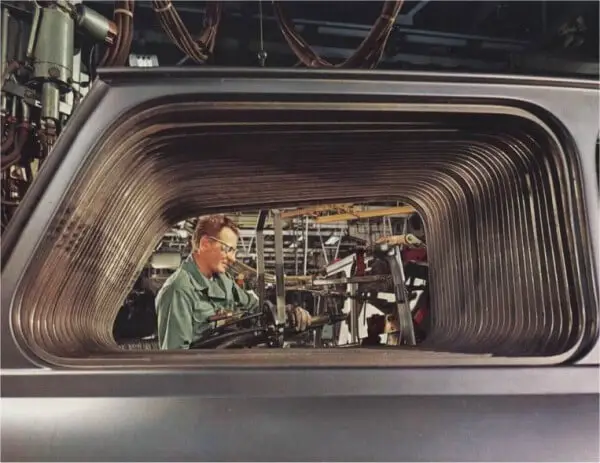
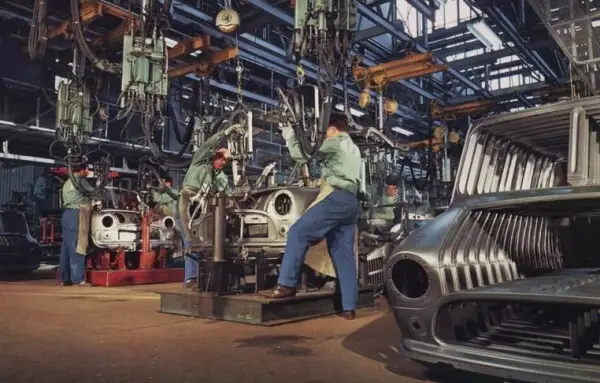
How the Innocenti Mini Classic MKIII evolved, 1970 on
By 1970, with the introduction of the MKIII, Innocenti had already established itself as a press manufacturer for a number of other car manufacturers and was now producing a significant proportion of the Mini bodyshell itself. This gave them the freedom to introduce unique modifications compared to their British counterparts, such as the distinctive square number plate on the boot and strategically placed holes in the front fender to accommodate side indicators.
The arrival of the MKIII marked the beginning of a new era for this Mini car. Roller shutters graced the doors, joined by additional vents. These vents were excellent for letting out the cigarette smoke and providing a gentle breeze for the passengers inside. The journey of refinement continued inside, with Italian upholstery, woodgrain dashboard, and so on. The Innocenti Mini was now refined by the Italians and even elevated the original MINI. The impact of Innocenti was nothing short of extraordinary as it was now the second largerst car manufacturer in all of Italy, second only to Fiat.
British Leyland bought Innocenti, 1972
The Innocenti factory was doing so well that in 1972 British Leyland, also known as BLMC bought all of Innocenti in a deal costing around £3 million at the time. With Innocenti, the British company had high hopes and there was talk of further increasing annual production to 100,000. Midway 1972 the front badge was also changed to the Leyland-styled Innocenti badge.
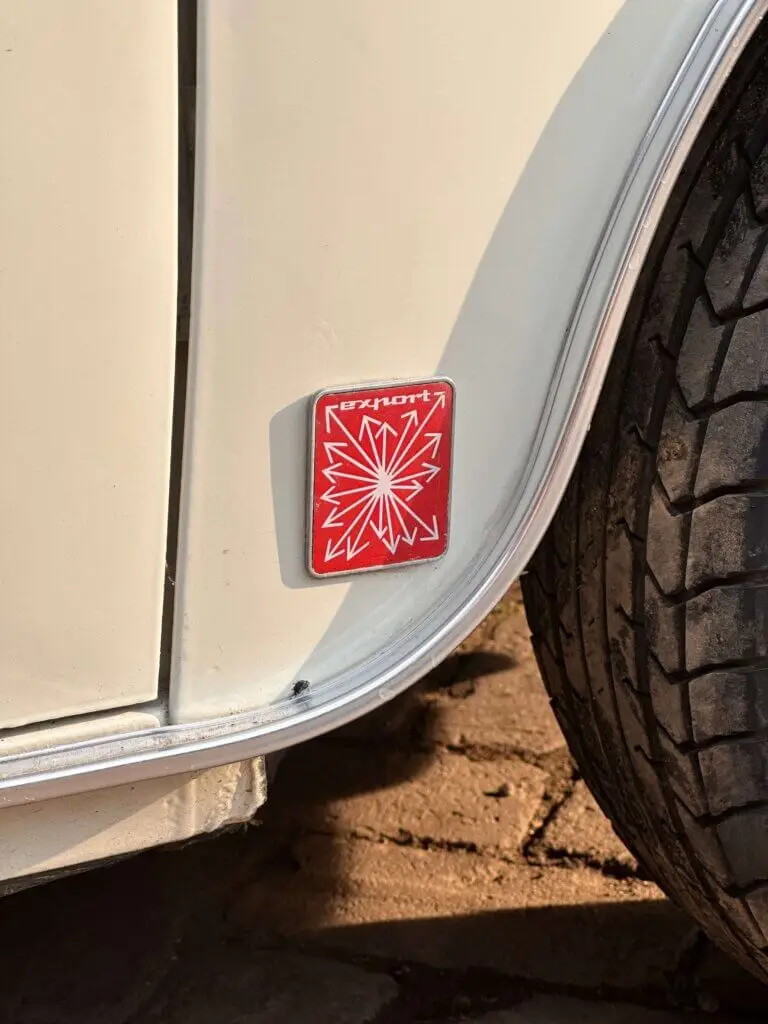
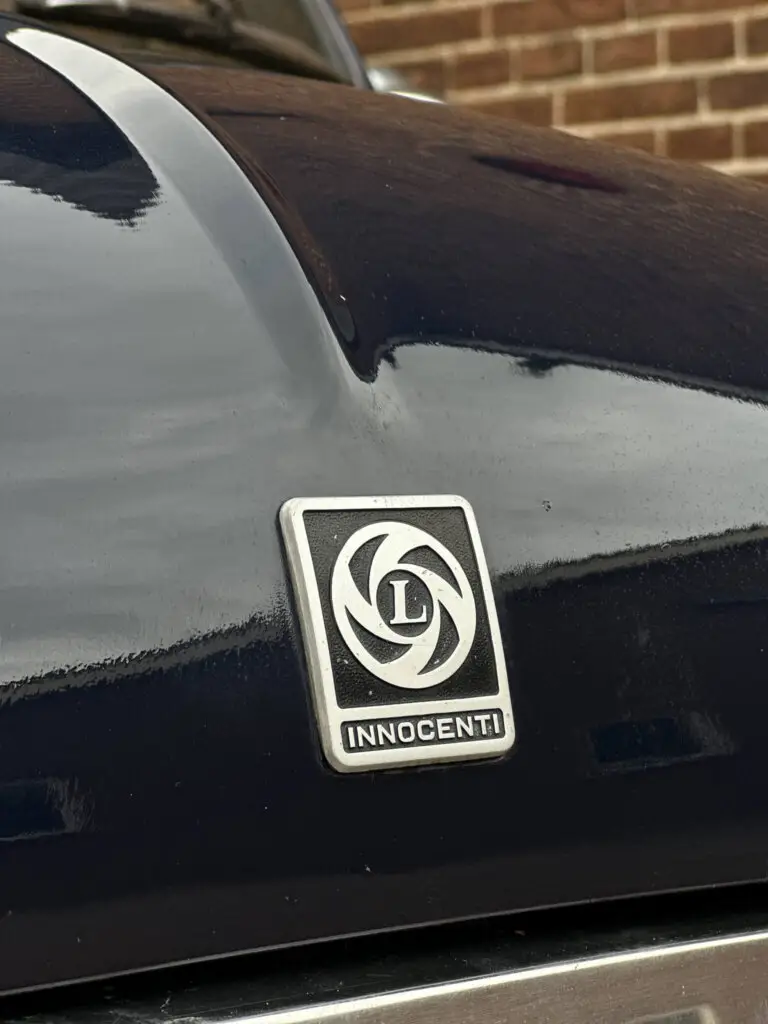
Innocenti Mini 1300 and 1300 Export, 1972-1973
In March 1972 the Italian firm announced the Mini Cooper 1300, the first Innocenti ever to use the 1275cc engine. Following the acquisition from BL, Robinson the new CEO, decided to expand Innocenti’s sales throughout continental Europe with the now-on “export-models” The Mini Cooper 1300 Export, an improved version of the 1300 from 1972, was a disc-braked Mini fitted with a UK-built engine from the Austin ADO16 1300GT saloon, developing some 71bhp.
The reputation of Italians as great car makers and stylists was well justified with this car, with the interior in particular. The Innocenti Mini Cooper 1300 is seen to be the best-equipped and best-built Mini Cooper ever. the car was so popular that in addition tot the Mini’s built at Milan Italy, a second factory was built at Seneffe in Belgium. All bodies were still supplied from Milan
‘Export’ and ‘Pre-Export’, 1973
In early 1973, Innocenti started Exporting cars, thus making a difference between ‘pre-export’ and ‘export’ models. The ‘export’ models distinguish themselves with the just so slightly wider license plate room on the trunk and the red ‘export’ badge seen above. Additionally, enhancements such as chrome air vents, plush carpets, a heated rear window, a classy wooden steering wheel, and an unique seat design were added, making this car highly attractive and suitable for the European ‘Export’ market.
BLMC’s financial collapse and Innocenti being sold to Tomaso, 1974-1976
BLMC’s financial collapse in 1974 stemmed from a combination of internal issues, strained relations with trade unions, the implementation of a three-day workweek, the 1973 oil crisis, high inflation, and mismanagement.
Consequently, at the end of 1974, Innocenti was sold to Alejandro de Tomaso. They slowly continued the Mini till 1976 when the last Innocenti Mini Classic rolled off the line. The Innocenti Mini Cooper was dead. For now…
The final hit: FIAT bought Innocenti, 1990
DeTomaso kept making the BERTONE-inspired Innocenti DeTomaso, known as the 90/120 models. They were powered by a BMC Mini engine and were a blast to drive, although they didn’t have the same charm as the original Mini. Production continued until 1990 when FIAT bought DeTomaso to eliminate competition for their upcoming Cinquecento.
In the end, it was FIAT that came out on top economically.
‘Innocenti’s touch didn’t just bring the Innocenti Mini to Italy; it refined and elevated the original MINI, carving out a unique and cherished niche in automotive history. The impact of the Innocenti Mini has been nothing short of extraordinary, making it the second largest car manufacturer in all of Italy, second only to Fiat’.
and no, it’s not only setting the fueling screw right… the order of arrangement in
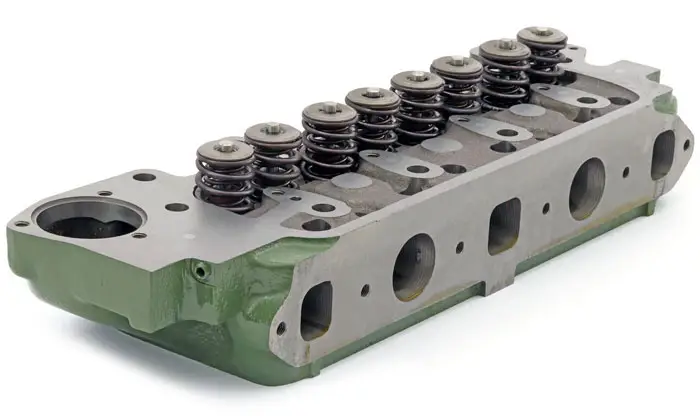
This table provides detailed specifications to identify various Mini accelaration performance, including what kind of
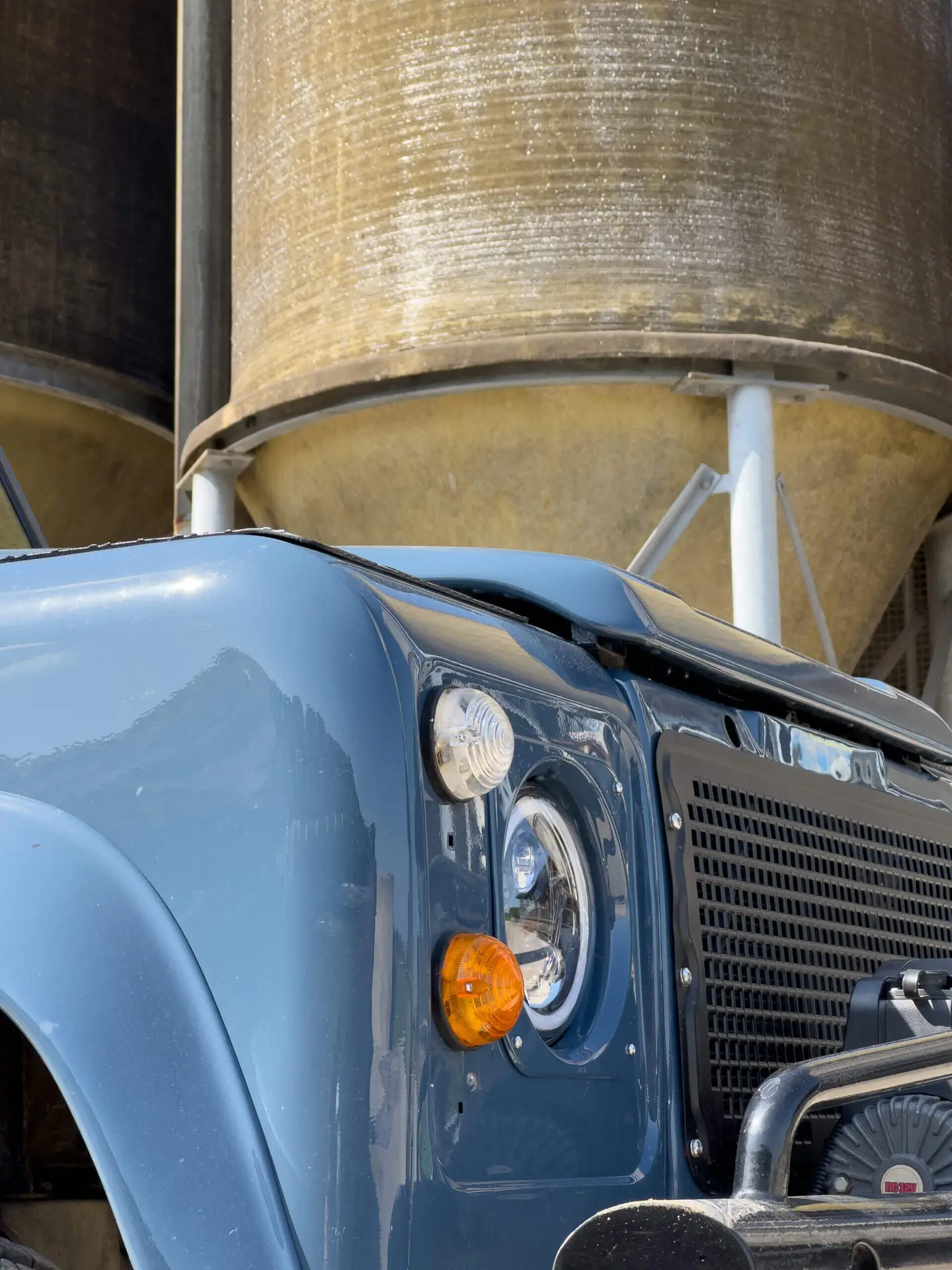
Welcome to this guide on the 2.8 GTV engine parts. While many parts are shared
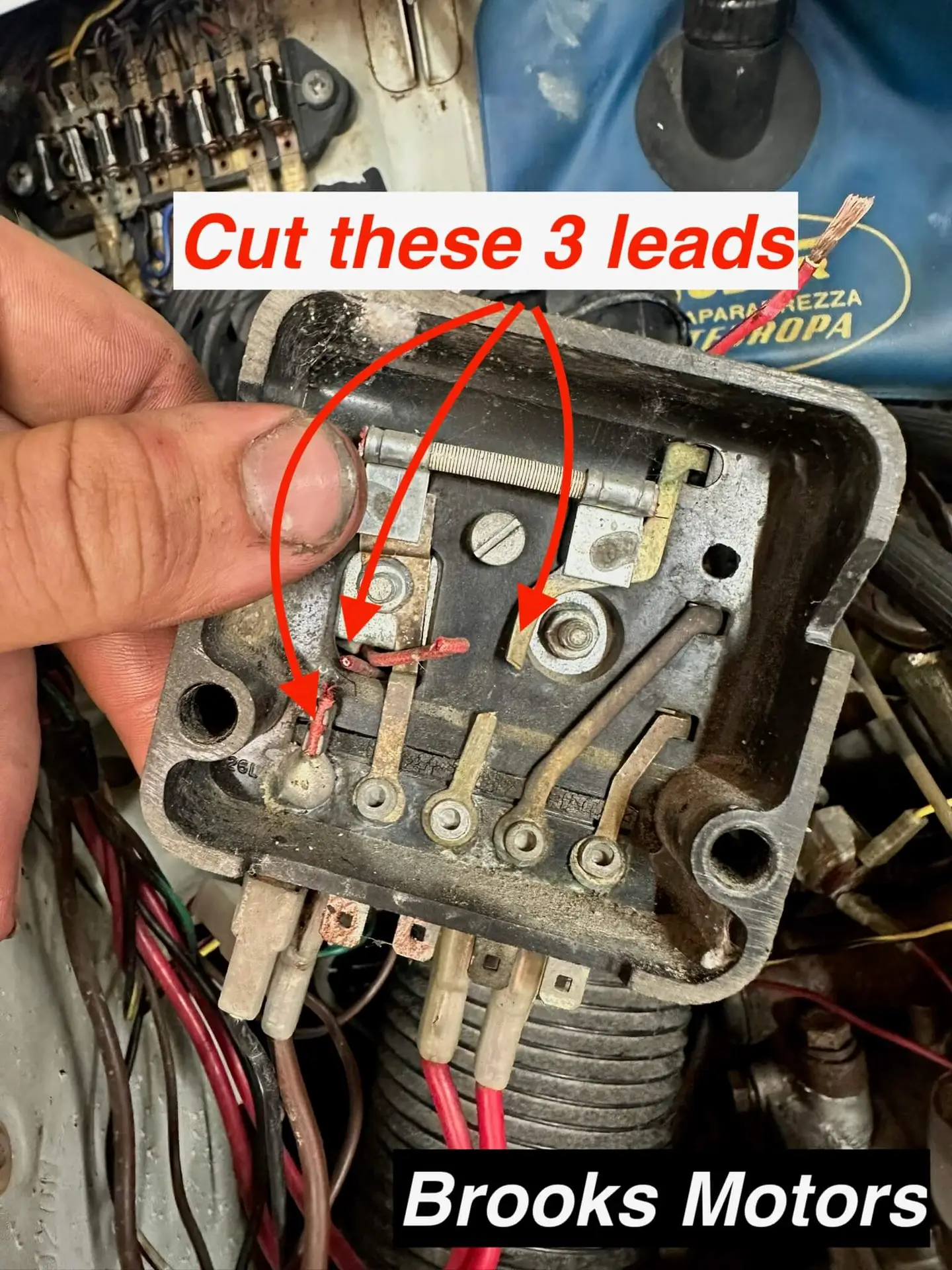
Converting a Lucas RB106 Voltage Regulator to an Alternator Dummy Box The Lucas RB106 control
00 316 38 37 66 91
[email protected]
Broekseweg 100, 4231VH
Meerkerk, The Netherlands
KvK: NL81356773
BTW: NL862055489B01